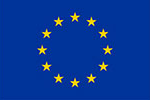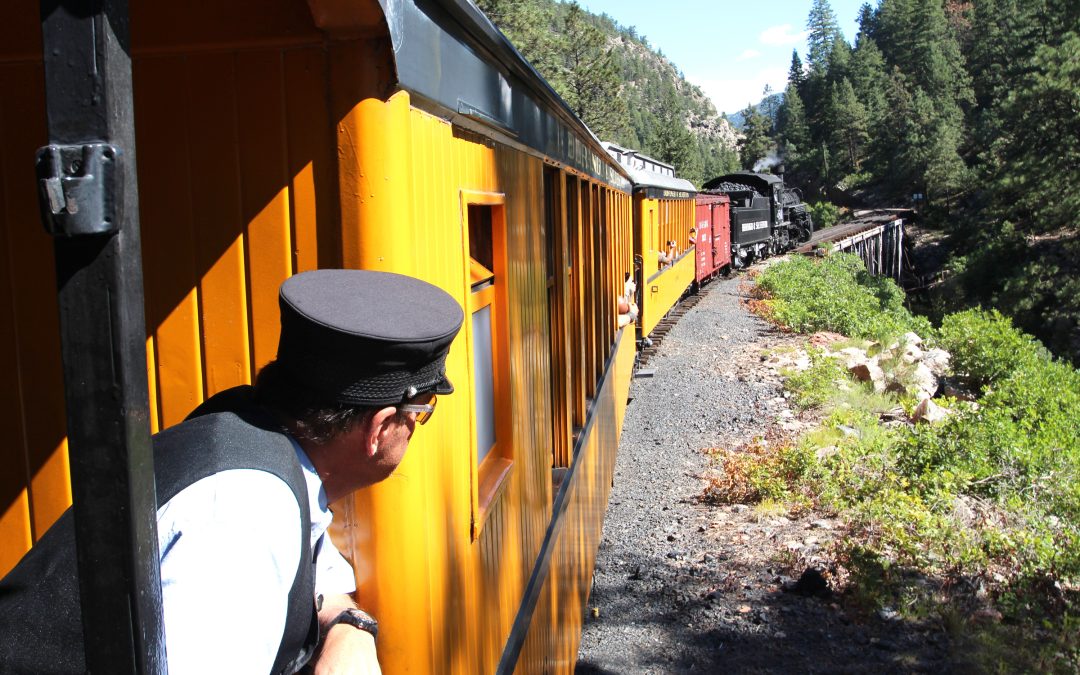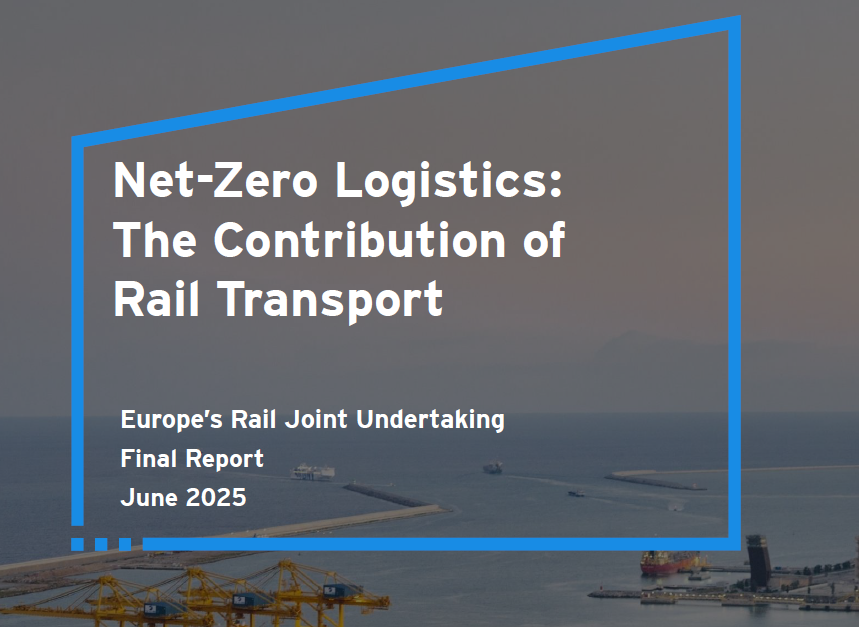Europe must take decisive steps to simplify and modernise its rail systems to strengthen competitiveness,...
B4CM software framework: An implemented software framework and supporting documentation for the monitoring of data exchanges and attribution of associated costs in industrial RCM systems
Description: The B4CM project is delivering a blockchain-based testbed for the attribution of RCM data costs across organisational boundaries in the context of the European Rail Industry. D1.1 presents the software framework developed by the team, describing in detail the selected software stack and the chaincode deployed within the blockchain network.
Target audience: Operators, Infrastructure management companies
How it brings us closer to achieving better rail for Europe: The B4CM software framework demonstrates the potential distributed ledgers offer the industry in terms of understanding the underlying data flows that, in combination, represent the whole system business benefit derived from multi-stakeholder systems, such as Remote Condition Monitoring deployments.
More information on this topic: B4CM
B4CM commercial arrangements: Technical report detailing how business-specific requirements / arrangements can be captured in smart contracts and deployed within the framework
Description: The B4CM project is delivering a blockchain-based testbed for the attribution of RCM data costs across organisational boundaries in the context of the European Rail Industry. D2.1 outlines the processes by which business / contractual exchanges may be captured and translated into smart contracts for use within the B4CM framework.
Target audience: Operators, Infrastructure management companies
How it brings us closer to achieving better rail for Europe: The B4CM commercial arrangements propose an Escrow-based access agreement methodology and associated accounting model that demonstrate an easier way to provide access to data within the industry.
More information on this topic: B4CM
Report on case studies and analysis of transferability from other sectors
Description: This deliverable focuses on safe rail automation, it reviews some activities and results of relevant AI applications in sectors other than railways, in particular from Unmanned Vehicles and Automotive, delineates transferability directions to the rail domain, and proposes two railway contexts for case studies and proofs of concept, namely intelligent train operation and cooperative driving.
Target audience: All Stakeholders
How it brings us closer to achieving better rail for Europe: In this document a methodological framework for transferability analyses is introduced, and a vision of intelligent train control is proposed taking the cue from the automotive domain, also considering the issues raised by the exploitation of AI techniques for safe autonomy.
More information on this topic: RAILS
Specification of cost/benefit analysis and learning curves, final release
Description: D2.6 continued the work started with D2.4 and completed the Cost-Benefit Analysis (CBA), providing the final results concerning the financial and economic convenience of the adoption of FM in railway sector, as per the case study developed in 4SECURail
Target audience: Infrastructure management companies; Suppliers
How it brings us closer to achieving better rail for Europe: The definition of cost and benefit categories connected to the use of Formal Methods in rail safety domain identifies – with quantitative elements – opportunities connected to the use of such methods in the development of guidelines for the specification of requirements for rail safety interfaces and products.
More information on this topic: 4SecuRail
Exploitation plan
DOWNLOAD HERE
Description: The document describes the plan for business and exploitation of project results: the objective is to implement a strategy to facilitate the successful adoption of results and benefits within the Railway Sector, research communities and policy advisers.
Target audience: Operators; Infrastructure Management companies; Suppliers
How it brings us closer to achieving better rail for Europe: The Exploitation Plan has been designed in order to multiply the impact of 4SECURail results and prepare the transition towards industrial and commercial uptake in order to fully achieve better rail in terms of security, safety and cost-effectiveness.
More information on this topic: 4SecuRail
Optimization tools for preliminary results to railway carbodies
DOWNLOAD HERE
Description: Optimization is an important part of this design strategy, as it allows the designer to systematically find feasible design solutions for the relevant functional constraints. Work topology optimization of sandwich structures subjected to static and dynamic loading has been studied. Particular interest has been given to the mass minimization of the structure while subjected to constraints on the static and dynamic response. The Topology Optimization of Binary Structures (TOBS) method have been used to generate a non-homogeneous macrostructure in the core material of a sandwich beam.
Target audience: All Stakeholders
How it brings us closer to achieving better rail for Europe: The results show that the proposed method is able to find feasible solutions with low mass that fulfill the different constraints. A range of core material properties are used to evaluate how the final topology varies with differing material properties between the face sheet and core materials.
More information on this topic: PIVOT2
Feasibility study for a hybrid wheelset for a tram of light rail vehicle
DOWNLOAD HERE
Description: Assess the feasibility of a hybrid metalcomposite (HMC) wheelset, considering the scenarios of a composite axle of a trailer bogie, with integrated connections with wheel rims, brake discs and bearings.
Target audience: All Stakeholders
How it brings us closer to achieving better rail for Europe: This deliverable presents a detailed analysis of the feasibility of this hybrid metalcomposite axle, characterized by a metallic collar designed to be connected to metal bearings, wheels and brake discs. The HMC railway axle permits the existing wheels and bearings to be used. The interference fits between these components and the axle are met by the metallic collars. The proposed design has been checked against requirements for inspection during maintenance service interruption. The analysis of the dynamical forces at the interaction between rail and wheels has shown that the proposed HMC axle can contribute to reduce the dynamic forces that are responsible of wear mechanisms of the wheels and the rails, particularly at high speeds, thus confirming the potential positive impact on maintenance costs offered by a lighter wheelset.
More information on this topic: NEXTGEAR
Terms of Reference, Requirements and Specifications for Novel Elastomer based Running Gear Components
DOWNLOAD HERE
Description: A preliminary list of elastomeric and metal-elastomeric components for running gear as well as a list of potential elastomeric materials to manufacture the components. An exhaustive study of market solutions for components is presented.
Target audience: All Stakeholders
How it brings us closer to achieving better rail for Europe: The project designs, prototypes, and validates new elastomeric running gear components based on new formulation(s) of elastomer materials, or adaptation of high performance elastomers from other sectors, including nanotechnology solutions for enhancement of durability and lifetime, with the aim of reducing the need for replacement during the life of the vehicle.
More information on this topic: GEARBODIES
Interface Specifications
DOWNLOAD HERE
Description: Based on the results described in FR8RAIL standard interfaces definition and integration towards electrification, telematics, CBM as well as autonomous coupling & train operation
Target audience: Infrastructure management companies; Railway Undertakings; Wagon Keepers; Suppliers
How it brings us closer to achieving better rail for Europe: High level definition of how the different telematics fit in an actual freight railway wagon, detailing key interface characteristic like weight, size, power budget, connecting needs- connectors, and other non-functional requirements.
More information on this topic: FR8RAIL II
















